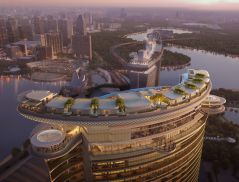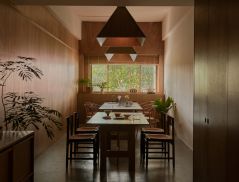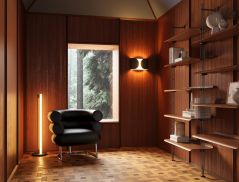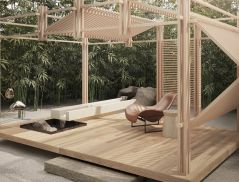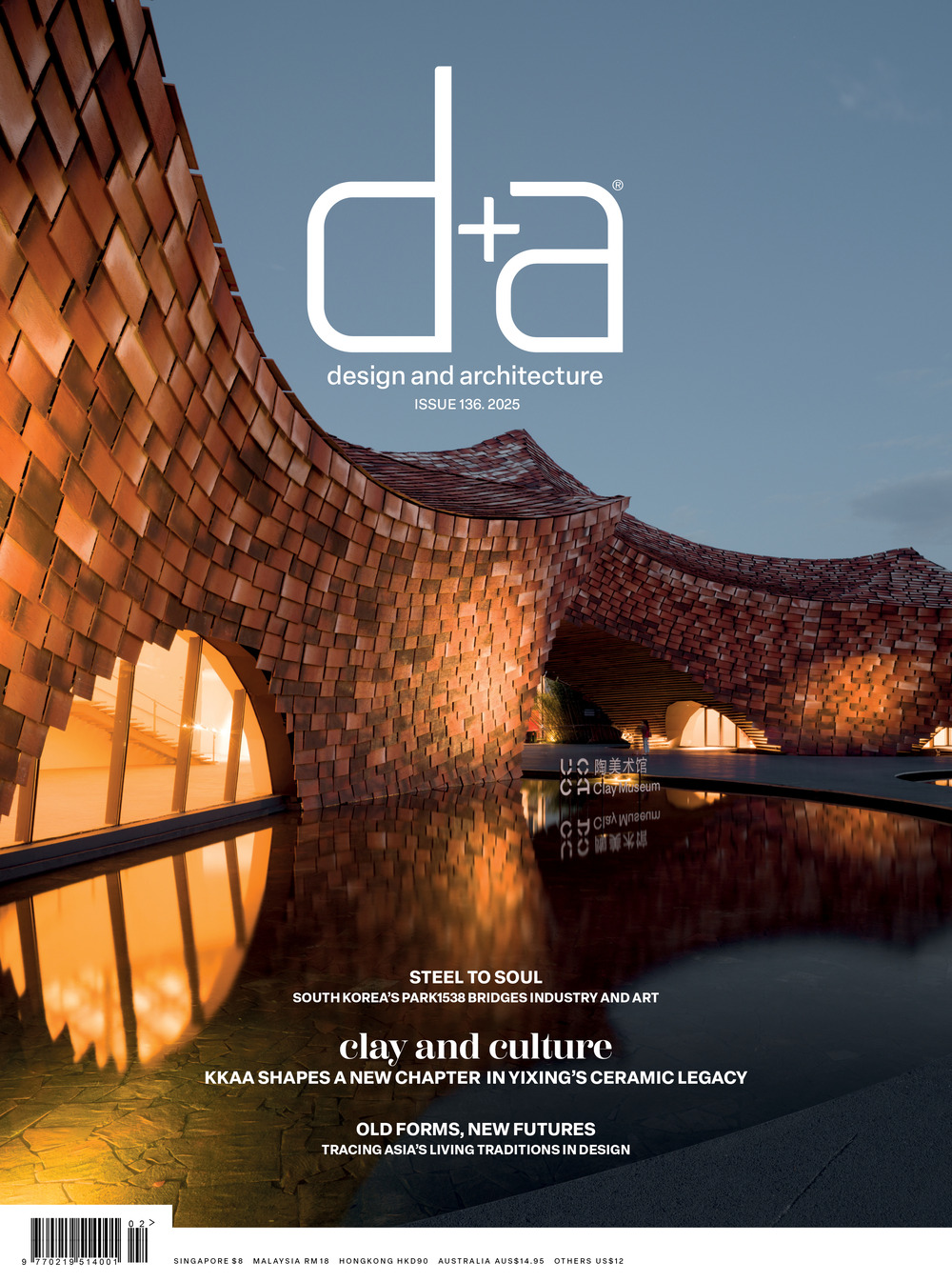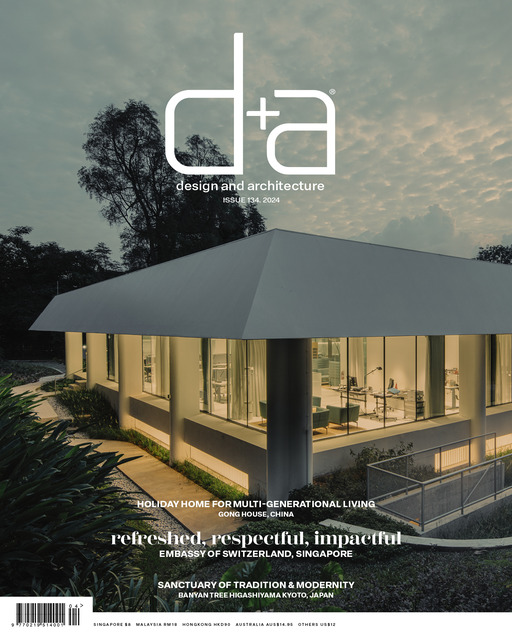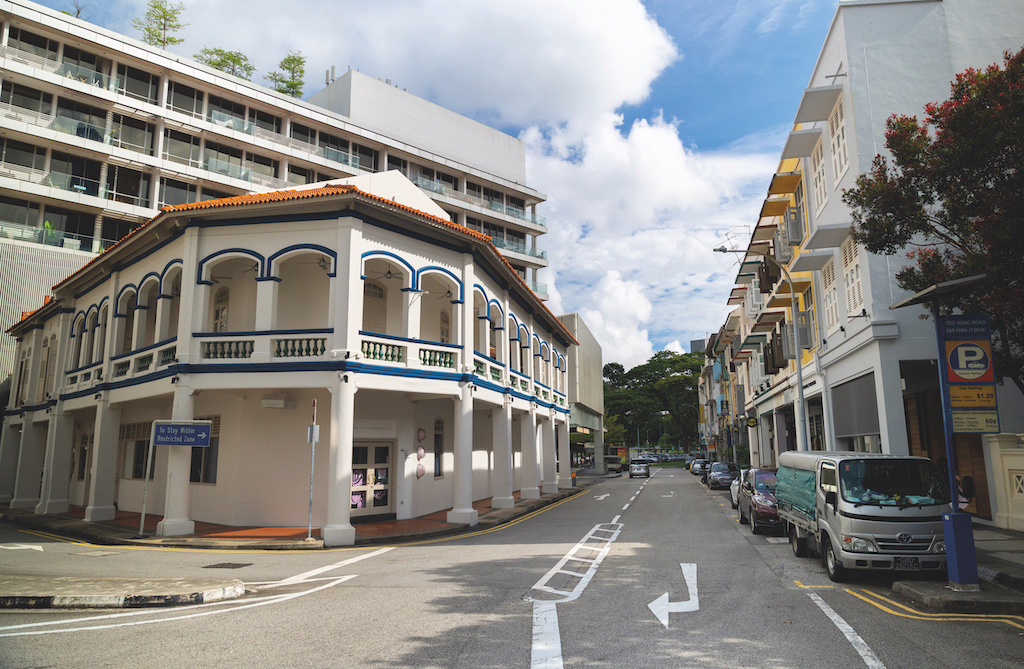
Commercial shophouse professional and co-founder of PropNex Shophouse Elites, Gracelynn Zhu, tells us about the enduring appeal of shophouses in Singapore today, and why these sought-after properties are the ultimate investment.
Why are Singapore’s heritage shophouses in such high demand today?
Like a love-hate relationship, conservation buildings or shophouses offer old-world charm that contrasts sharply with modern skyscrapers. They can be alluring, much like collecting art, antiques, jewellery, watches, or even porcelain tiles as a hobby.
After crunching the numbers, ultra-wealthy go-getters recognise that shophouses, with their flexible usage origins, can adapt to the modern business world. With perpetual creative energy, these visionaries have a strong desire to restore and transform dilapidated shophouses into architectural masterpieces.
Shophouses appeal to visionary, forward-thinking individuals — those with an artistic, out-of-the-box mindset who appreciate details that others might overlook. Adventurous and creative social butterflies, focused on blending the old with the new, recognise shophouses as assets that offer both reliable capital preservation and appreciation potential, alongside stable rental yields.
Shophouses are tangible “hardware” with magnetic charisma. They are not only efficient architectural works of art with historical significance but also self-sufficient, functional spaces suited for business, leisure, and residential use, thanks to innovative space planning.
With the perfect balance of creative freedom and sensitivity to historical nuances, commercially zoned shophouses have proven to be profitable and highly collectible assets.
 Co-founder of PropNex Shophouse Elites, Gracelynn Zhu
Co-founder of PropNex Shophouse Elites, Gracelynn Zhu
For the value of shophouses — are there major differences based on architectural style, year of construction, original condition, etc.?
In the Singapore context, shophouse values are generally high, ranging from several million to hundreds of millions, depending on factors such as location, zoning, existing and potential increase in usable floor area, approved and possible uses, façade characteristics, frontage width, exterior and interior condition, land tenure, built-up area, surrounding upcoming developments, overall ambiance, catchment, proximity to MRT stations, parking facilities, and nearby amenities. Additionally, factors such as whether the structural integrity is affected by a railway protection plan or any road line affecting the site for rear extension, rebuilding, or reconstruction also play a role.
What do homeowners or commercial property investors look for when purchasing a shophouse?
The majority of homeowners, property owners, and commercial property investors who already own a primary or secondary residential home prefer commercially zoned shophouses, as no additional buyer’s stamp duty is payable.
For those focused on generational business use and legacy planning, shophouses remain a top priority alongside the factors mentioned above. Collectors who view shophouses as a long-term investment hobby typically seek properties with distinctive façade typologies, historical value, and originality.
Foreigners and companies can also purchase well-maintained units and own the land title, making shophouses an attractive investment. With the potential and no restriction to resell at any time after holding for a certain period or decades for legacy — shophouses offer strong prospects for value enhancement. Key considerations include their ability to attract high-quality tenants, generate steady rental income growth, and ensure capital preservation and appreciation.
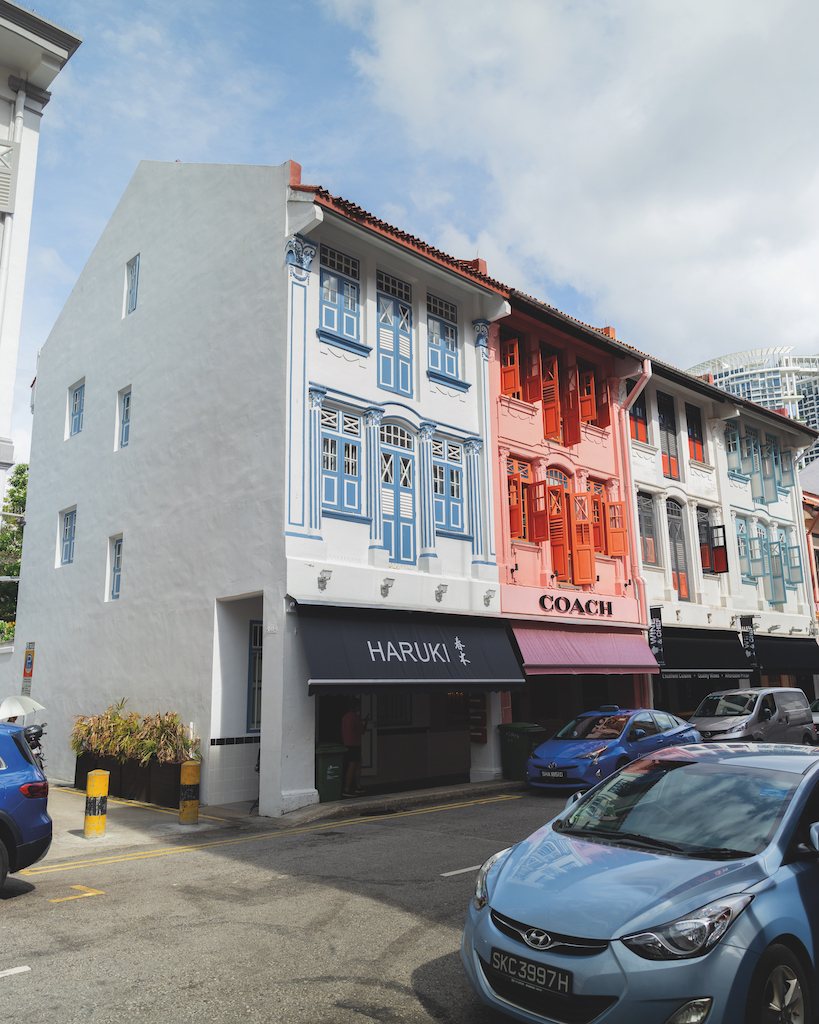
What should investors know about a potential shophouse’s exterior and interiors? And what are the restrictions for renovations?
It is important to be aware of potential encroachments, such as air-conditioning compressors installed beyond property boundaries, and to ensure they are properly regularised. The Urban Redevelopment Authority (URA) enforces strict conservation guidelines to ensure that shophouses retain their heritage significance while preserving their architectural originality, historical value, and structural integrity.
Exploring beyond the conventional “four walls” theory within the 3R framework adds to the exclusivity and long-term value of these properties. One can visit the URA website to learn more about the “3R” Principle: Maximum Retention, Sensitive Restoration, and Careful Repair of buildings earmarked for conservation.
Investing in a heritage shophouse is not just a financial decision but also a commitment to preserving a piece of Singapore’s architectural legacy. It requires careful consideration and a deep appreciation for the cultural and historical significance of these properties.
Do engage architects and local real estate professionals who are experienced and well-versed in heritage properties. Their insights can be invaluable in assessing a shophouse and planning for its future.
Not all shophouses in Singapore are gazetted as conservation buildings, even if they resemble conserved properties. I have had customers who purchased old, non-conserved shophouses and transformed their façades to incorporate heritage characteristics.
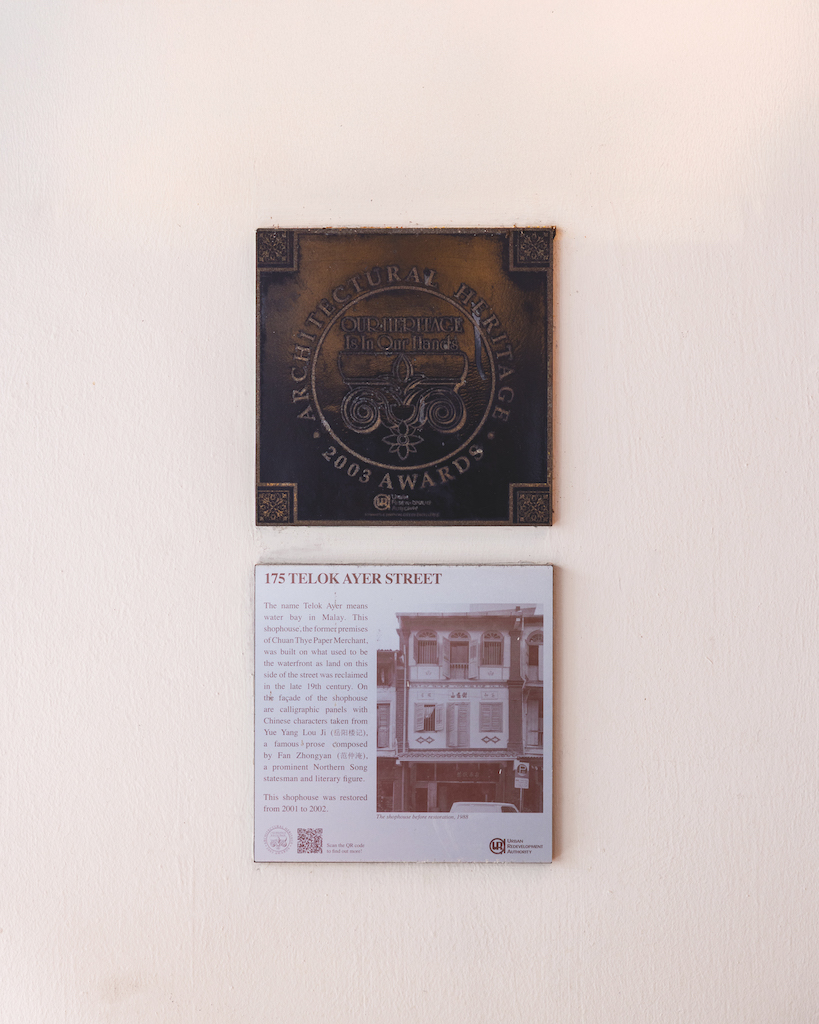

Why do you choose to focus on commercial shophouses, given the variety of properties that agents can market?
In 2013, I came across an article with the headline All I Want Is Art [featured in Prestige magazine, about the Lorong 24A Shophouse Series being awarded the 2013 URA Architectural Heritage Award (Category B).
This project sparked my interest in transforming old, dilapidated shophouses by leasing and selling them to like-minded individuals seeking experiential, unique, and distinctive living and working spaces. I also assisted them in potential change-of-use applications. Today, these spaces have seen growing demand.
There are more than 25 types of permitted uses, including retail, F&B, education, sports & recreation, and accommodation-related purposes, subject to assessment and approval at the time of application. Understanding zoning laws and conservation guidelines is crucial, as upcoming master planning and regulatory changes can impact what can be done with shophouses, including alterations or changes in usage.
What kind of shophouses have the most potential for commercial investors?
Every shophouse is unique, with its own distinct traits and strengths. It’s all about personal preferences—the freedom to breathe new life into a space and bring out its best potential. Shophouses are highly adaptable to modern 21st-century usage, including recession-proof retail services and accommodation-related purposes. They are popular for boutique offices, educational institutions, galleries, entertainment venues, F&B establishments, fitness, lifestyle, and well-being businesses. Additionally, they cater to the growing global trend of apart-hotels, backpacker lodgings, and student hostels — offering an immersive experience of working and living within old-world charm.
Is there a major shift in shophouse tenant profiles, from F&B to luxury lifestyle brands in the last few years?
Luxury fashion brands and accessories boutiques have long thrived in 19th-century heritage buildings like those in Europe, such as in Vienna, Austria; as well as Singapore’s Raffles Hotel retail podium since the 1990s. The trend of pop-up stores gained momentum in Singapore when Lululemon opened on Duxton Road six years ago. This was followed by Coach Café on Keong Saik Road in 2023, Dior on Jiak Chuan Road, Vacheron Constantin at Bukit Pasoh in 2024, and the latest addition — Louis Vuitton in Joo Chiat.
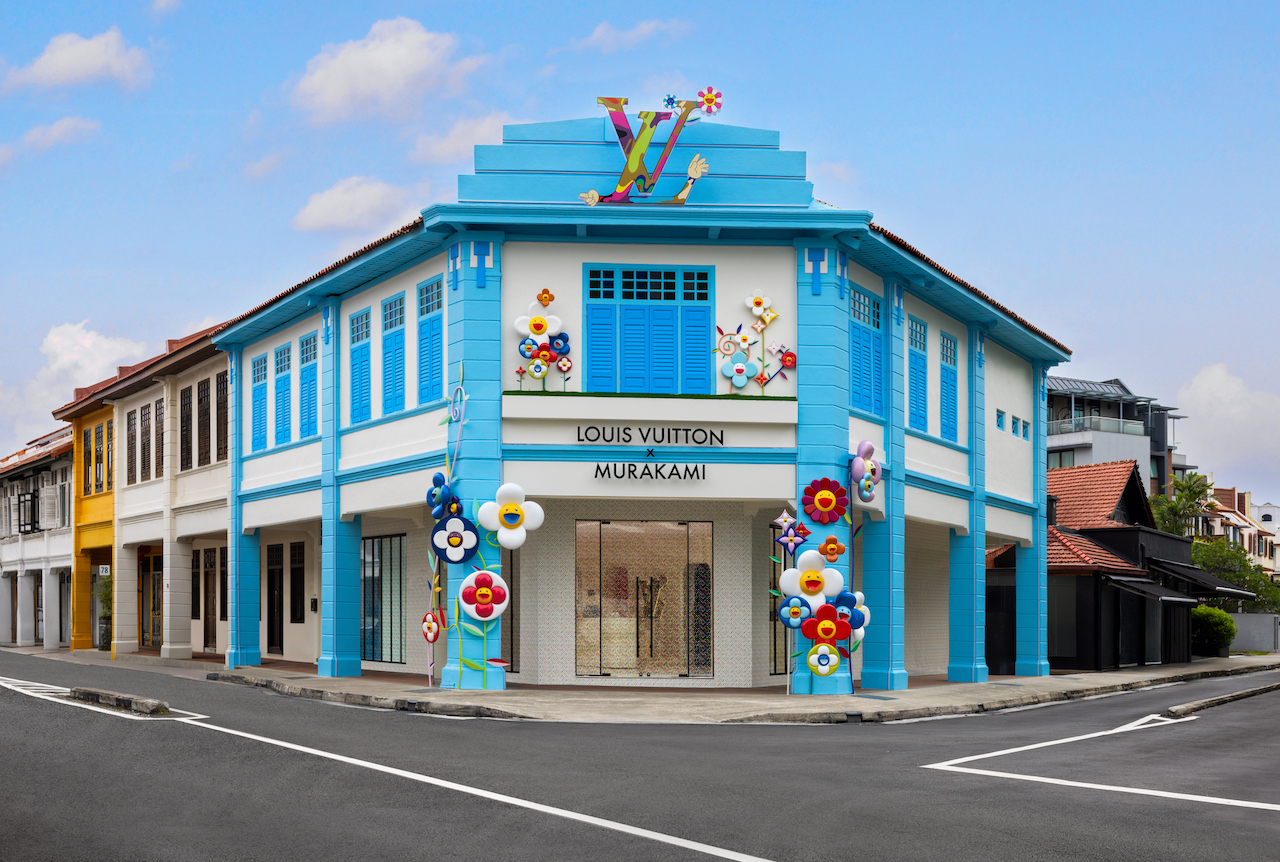 Photo courtesy of Louis Vuitton
Photo courtesy of Louis Vuitton
Is the CBD still the most popular choice among commercial buyers due to its prime location? Are there any up-and-coming areas?
Market trends, based on publicly available transaction data, indicate that prime Districts 1 and 2 shophouses in the CBD — considered an upmarket catchment — remain the top choices among the ultra-wealthy.
Singapore’s largest conserved, historic Little India in District 8 (which encompasses Jalan Besar) was ranked the world’s 19th hippest neighbourhood, outside CBD and the Civic District in 2022. This mature commercial and residential estate will gradually have an influx of over 10,000 new occupants, potentially reaching its peak performance by 2028.
URA, one of the Singapore government agencies in charge of making Singapore a great city to live, work and play, remains receptive to public input, and hosted Identity Corridors Visioning workshops in late 2024 and early 2025. These discussions focused on preserving the unique character of well-loved neighbourhoods such as historic East Geylang, Joo Chiat, and East Coast Road, contributing to the Draft Master Plan 2025.
Disclaimer
Whilst we make every effort to ensure that the information provided is accurate, complete, and up to date, we make no representations or warranties, express or implied, regarding its accuracy. As such, we cannot be held responsible for any omissions, errors, or inaccuracies, nor for any loss or damage — including, without limitation, indirect or consequential loss, or loss of profits — resulting from direct or indirect actions based on this content. Reliance on this information is entirely at the reader’s own risk. We have also made every effort to ensure that all information and links provided are accurate, complete, and current.


 Share
Share


